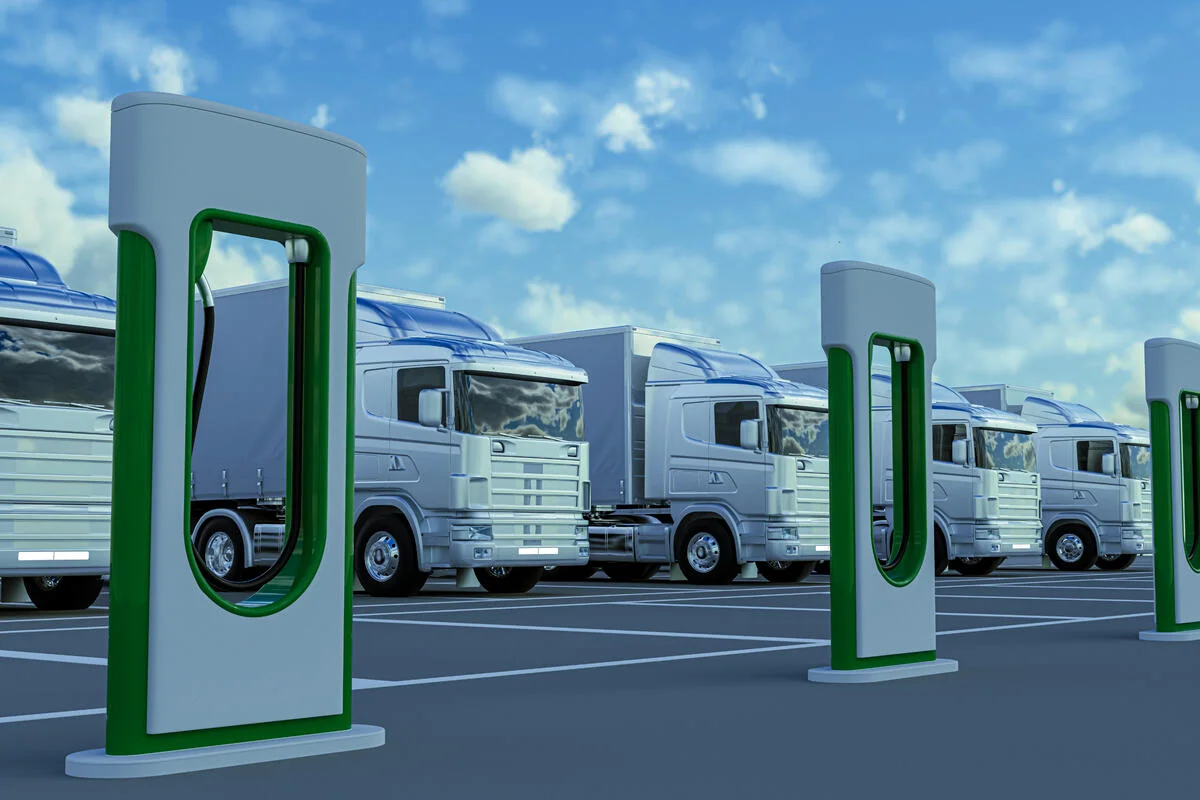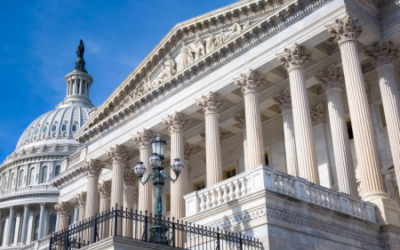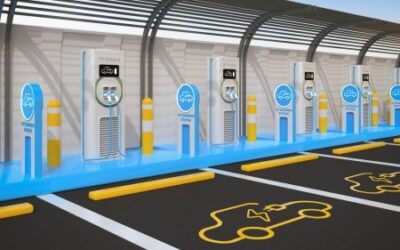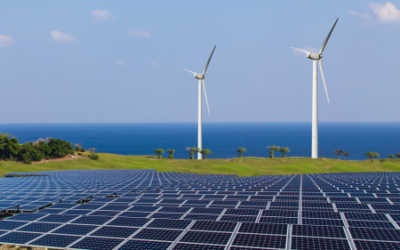Clean and renewable energy continues to get abundant attention, and the funding support flowing to support clean power projects is historic. Approximately $3 trillion is invested in energy globally each year, and $2 trillion of that amount is devoted to renewable energy. Hundreds of billions have been invested in clean energy initiatives in the United States since 2021.
This week, the U.S. Environmental Protection Agency announced another $4 billion in funding through its Climate Pollution Reduction Program. This allocation was earmarked for 25 selected initiatives in 30 states. $372 million of the funding went to projects expanding solar and wind power generation. Approximately $1 billion will support energy efficiency projects, including energy retrofits of 250 public buildings.
With funding support of $80 million from the EPA, city officials in Painesville, Ohio, will oversee the construction of a solar installation and a battery backup system on a multi-acre brownfield site. The solar project will deliver 35 megawatts of energy, and the battery system will have a capacity of 10 megawatts. When completed, the system will allow the city to close its coal-fired power plant, which has been in use since 1888. The brownfield site on which the solar farm will be located was polluted years ago and will be remediated as a component of the effort. The project’s design will take place in 2025, with installation and interconnection scheduled to begin in 2026.
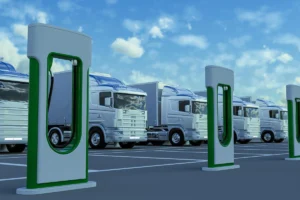
Photo courtesy of the Environmental Defense Fund
In New Jersey, the state’s Department of Environmental Protection will lead a coalition of partners to oversee the construction of electric vehicle charging infrastructure for commercial zero-emission medium- and heavy-duty vehicles. The electric power infrastructure will be deployed along Interstate 95 and adjacent roadways from Connecticut to Maryland. The project has been tagged with an estimated cost of $248.9 million. When completed, it will significantly lower greenhouse gas emissions from freight transportation, reduce air pollution along the corridor and provide technical assistance to other program developers. The project includes approximately 20 freight truck charging infrastructure sites, 164 fast charging ports and 138 ultra-fast charging ports along I-95. In January 2025, the New Jersey Department of Environmental Protection will select a third-party administrator through a competitive bidding process to oversee the development of requests for information (RFIs) and requests for proposals (RFPs). Because of the size of the project, the selection of contracting partners could easily be delayed until 2027.
County officials in Cuyahoga, Ohio, will invest $30 million in solar technology with funding support from the EPA. The objective is to transition away from reliance on the current use of fossil-fuel generation of electrical power. The grant will fund a project in collaboration with the city of Cleveland to install solar panels on five brownfields and other county landfills. The solar project will expand renewable energy, and this initiative will follow the creation of the nation’s first microgrid utility in 2021. Clean energy will be provided to the Cleveland Hopkins International Airport and the Cuyahoga County Central Services Complex. Currently, in the pre-design phase, work will not begin until that effort has been completed. Work is scheduled to begin in 2026.
The Bureau of Land Management (BLM) is planning an expansive solar energy initiative in the Nevada counties of Mineral and Lyon. The project will enhance the resiliency and sustainability of the region’s energy infrastructure. It will also contribute to national objectives, including achieving a carbon pollution-free power sector by 2035. The project will include constructing, operating, maintaining and decommissioning a 700-megawatt (MW) solar facility and a 700 MW battery energy storage system. Spanning approximately 5,141 acres of public lands, with a 24-mile generation tie-line to the Fort Churchill substation, the project is designed to generate and store enough clean energy to power more than 212,000 homes. The project is currently in the early planning phase. The BLM recently published the final Environmental Impact Statement for the project, and the agency is incorporating public and stakeholder feedback. Its cost has been estimated to be more than $10 million, but a final estimate will be announced when the design phase is completed. Requests for construction, operation and maintenance proposals are expected to be issued soon.
This month, the state of New York announced a solicitation for another offshore wind project. The solicitation documents outline a comprehensive process for selecting contracting partners, with proposals due by Sept. 9. New York City officials are aiming to achieve a goal of developing 9,000 megawatts of offshore wind energy by 2035.
More funding is anticipated in 2024, so clean energy projects will remain front and center for upcoming contracting opportunities. Because these types of projects are large and complex, many will not be ready for launch for a couple of years.

